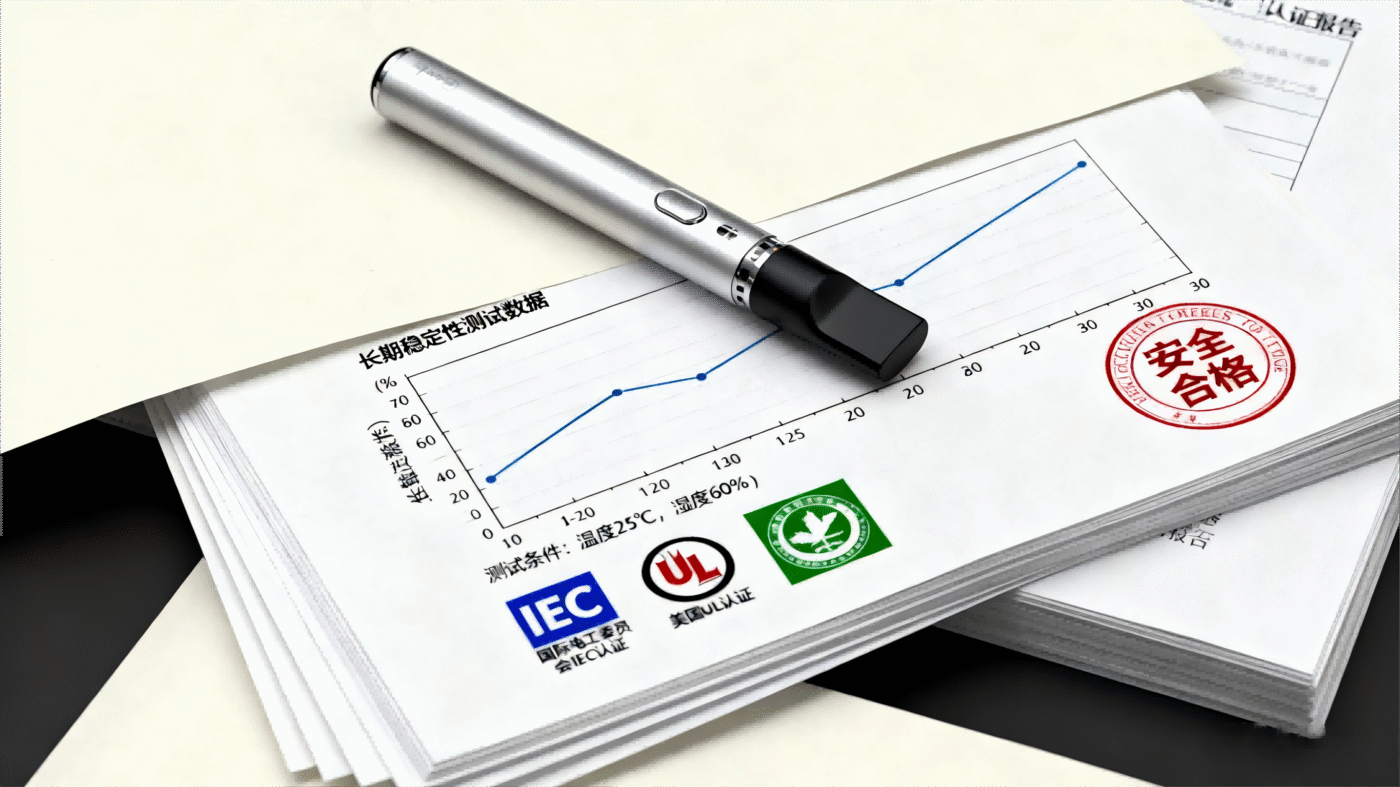The global e-cigarette landscape is shifting faster than ever, with regulations evolving at a pace that challenges even the most agile industry players. From the EU’s Tobacco Products Directive (TPD) revisions to the U.S. FDA’s ever-tightening rules on premarket authorizations, and emerging restrictions in Asian and African markets, the patchwork of requirements has become a critical hurdle for E-cig Mfrs aiming to scale or even maintain market presence.
Navigating this complexity isn’t just about avoiding penalties—it’s about seizing opportunities. Markets with clear, stable regulations often reward compliant brands with consumer trust and loyalty. For E-cig Mfrs, the key lies in adopting a proactive, strategic approach rather than reacting to each new rule as it emerges.

🔍1. Build a Real-Time Regulatory Monitoring System
Regulations rarely change overnight, but they do evolve through public consultations, draft proposals, and parliamentary debates. E-cig Mfrs must invest in tools or partnerships that track these developments across target markets. Subscribing to specialized legal newsletters, joining industry alliances like the Global Vaping Association, or hiring regional regulatory experts can provide early warnings—critical for adjusting product lines or marketing strategies before new rules take effect.
For example, when Brazil announced plans to ban flavored e-cigarettes in 2024, manufacturers with advance notice shifted production to tobacco-only variants, avoiding costly inventory surpluses.
🛠️2. Prioritize Compliance in Product Design
Gone are the days of one-size-fits-all products. Today’s regulations target specifics: nicotine concentration (capped at 20mg/ml in the EU), tank size (maximum 2ml in many regions), child-resistant packaging, and even ingredient transparency. E-cig Mfrs should design products with modularity in mind—allowing quick adjustments to meet regional standards without overhauling entire production lines.

Investing in lab testing early—for toxicology, emissions, and ingredient safety—also streamlines approval processes. Markets like Canada and Australia require rigorous premarket data, so having this documentation ready can cut time-to-market by months.
🤝3. Cultivate Regional Partnerships
Local knowledge is irreplaceable. E-cig Mfrs expanding into new regions should partner with legal firms, distributors, or trade associations with on-the-ground expertise. These partners can decode nuanced rules—like China’s 2022 ban on online sales, which included loopholes for certain retail channels—and guide compliance with local customs (e.g., language requirements for labeling in the Middle East).
💬4. Engage in Policy Dialogue
Regulators often lack firsthand insight into industry operations. E-cig Mfrs that participate in public consultations or share data on product safety (e.g., reduced-harm potential compared to traditional cigarettes) can help shape balanced regulations. This proactive engagement not only mitigates overly restrictive rules but also positions brands as responsible stakeholders—enhancing reputational value.
In summary, navigating global e-cig regulations demands vigilance, flexibility, and collaboration. For E-cig Mfrs, compliance isn’t a burden but a strategic advantage—one that protects against risks while opening doors to growing markets. By monitoring trends, designing for adaptability, leveraging local expertise, and engaging with policymakers, manufacturers can turn regulatory challenges into opportunities for sustainable growth.

